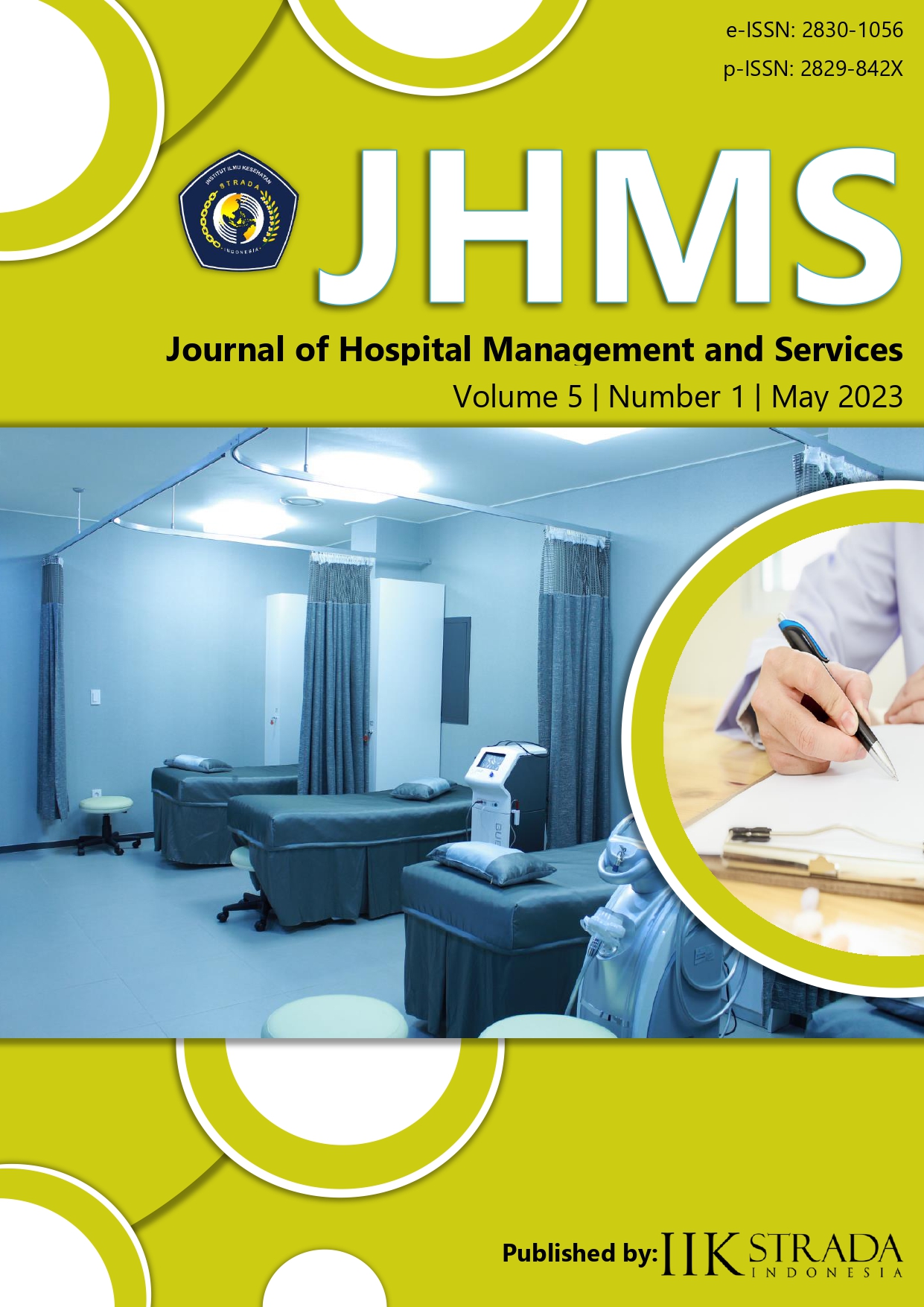"Healthier Choice” Logo (BPOM) Education on Knowledge and Selection of Processed Food Products for Public Health IIK STRADA Student’s
DOI:
https://doi.org/10.30994/jhms.v5i1.51Keywords:
Healthier Choice Logo, Knowledge, Product SelectionAbstract
September 3rd, 2019, the BPOM held a socialization nutritional foods labeling, discussing about ING design regulation, to make consumers easier to understand logo with the “Healthier Choice”. Yet, in previous studies, Indonesian people are still not aware to the nutritional composition (BPKN, 2013). The purpose of this study is to analyze the effect of education BPOM "Healthier Choice" logo against people awareness of processed food products and selection of the product itself. The design of this study is pre-experimental involving one group of pretest - posttest. The population are 62 students of the Public Health IIK Strada, with 54 students as sample. The sampling technique used is stratified random sampling. The dependent variable in this study is knowledge and product selection. Data were obtained from questionnaires and processed by Wilcoxon statistic test From the results of the study, that p-value = 0.000 (p <0.05) which mean there was an effect of "Healthier Choice" logo BPOM education on the product knowledge and product selection of food in the Public Health IIK STRADA student’s. In line with Notoatmodjo's (2010) theory that knowledge is the result of human sensing of an object through the five senses involving the senses of sight, hearing, taste and smell of an object which is also influenced by the intensity of perception. Most of human knowledge is obtained through the eyes and ears. Furthermore, according to Contento (2011), nutrition education will affect the factors that influence food selection so as to form appropriate food choices and eating habits.
References
Almatsier,S.(2010). Prinsip Dasar Ilmu Gizi. Jakarta : Gramedia.
Fatimah S., Ruhaya S., Zainudin MA. (2019). Consumer Attitude Regarding Food Labelling and Perception of Healthier Choice Logo (HCL). Biomedical Journal of Scientific & Technical Reasearch, BJSTR. MS.ID.002936, 1-6.
Huda, Q.A. (2016). Sikap Dan Perilaku Membaca Informasi Gizi Pada Label Pangan Serta Pemilihan Pangan Kemasan. Media Gizi Indonesia, Vol. 11, 175–181.
Karmini. (2020). Statistika Non Parametrik. Kalimantan Timur : Mulawarman University PRESS
Maemunah, S. (2020). Systematic Review: Persepsi Konsumen Terhadap Label Tick Pada Pangan Olahan, IAKMI Jurnal Kesehatan Masyarakat Indonesia, Volume 1, 1-6.
Maulida, A., Z. (2019). Membaca Label Pangan Pada Mahasiswa Gizi UIN Walisongo Semarang. Skripsi. Universitas Islam Negeri Wali Songo Semarang.
Mediani, N., V. (2014). Pengetahuan, Persepsi, Sikap, Dan Perilaku Membaca Label Informasi Gizi Pada Mahasiswa. Skripsi. Institut Pertanian Bogor.
Ningtyas, Ismi. (2018). Perbedaan Tingkat Pengetahuan Tentang Label Informasi Nilai Gizi Dan Pemilihan Makanan Kemasan Antara Metode Edukasi Gizi Personal Dan Metode Ceramah Pada Mahasiswa Obesitas. Skripsi. Universitas Brawijaya.
Notoadmodjo, S. (2010). Metodologi Penelitian. Jakarta : Rineka Cipta.
Nugroho, Sigit. (2008). Metode Statistika Nonparametrik. Bengkulu UNIB Press
Nurmala, Ira. (2018). Promosi Kesehatan. Surabaya : Pusat Penebitan dan Percetakan Universitas Airlangga.
Oktaviana, W. (2016). Pengetahuan Label Gizi dengan Membaca Label Gizi Produk Pangan Kemasan Pada Konsumen di 9 Supermarket Wilayah Kota Tangerang Selatan Tahun 2016. Skripsi. Universitas Islam Negeri Syarif Hidayatullah.
Peraturan Badan Pengawas Obat Dan Makanan Nomor 22 Tahun 2019 Tentang Informasi Nilai Gizi Pada Label Pangan Olahan.(2019). Retrieved Dec 29, 2021, from BPOM website,https://standarpangan.pom.go.id/dokumen/peraturan/2019/PBPOM_Nomor_22_Tahun_2019_tentang_ING.pdf.
Sosialisasi Pelabelan Gizi Pangan Olahan. (2019.). Retrieved Dec 30, 2009, from BPOM website, https://standarpangan.pom.go.id/berita/sosialisasi-pelabelan-gizi-pangan-olahan.
Susilowati, Dwi. (2016). Promosi Kesehatan. Jakarta : Pusdik SDM Kesehatan.






